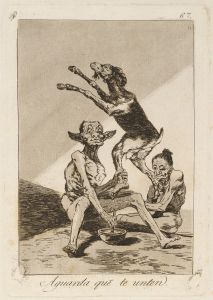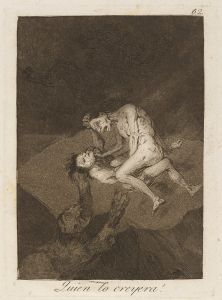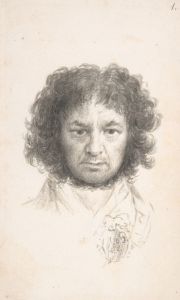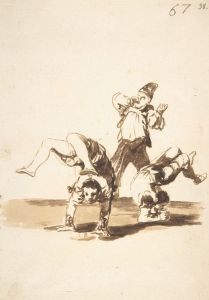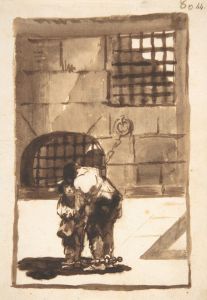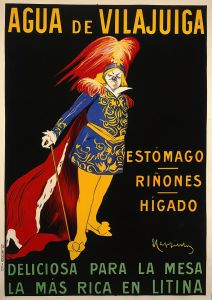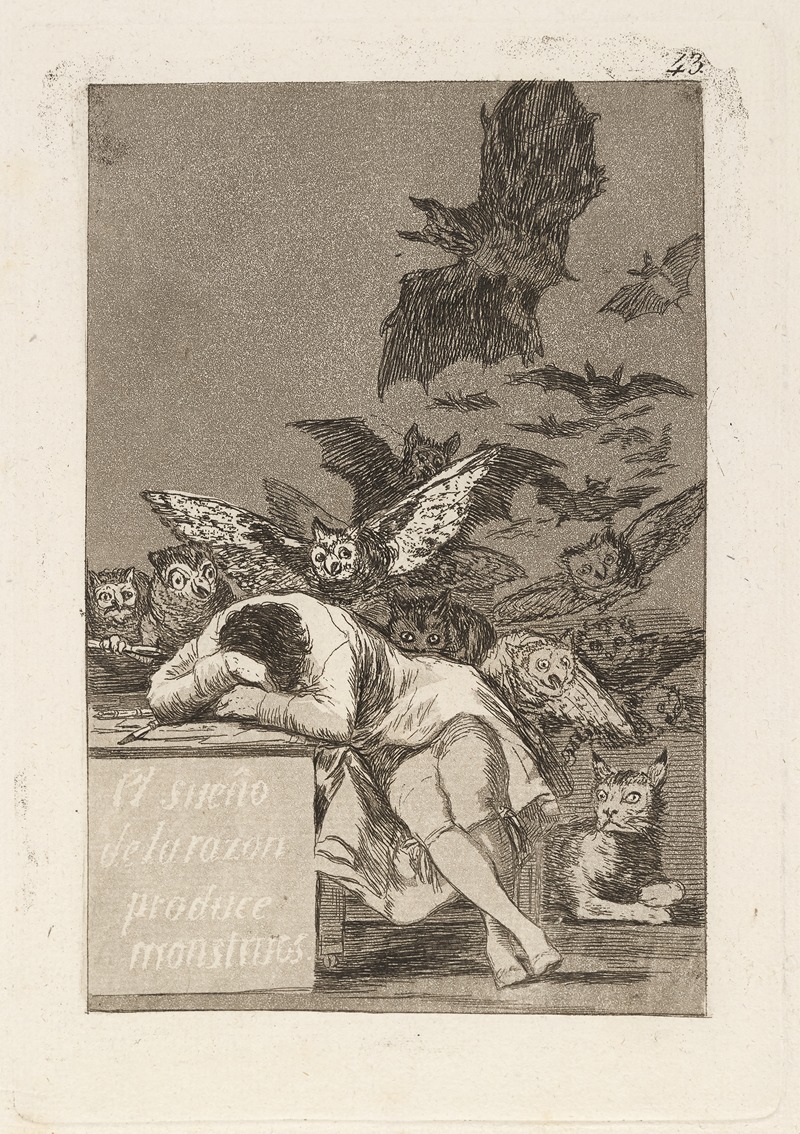
El sueño de la razon produce monstruos.
A hand-painted replica of Francisco de Goya’s masterpiece El sueño de la razon produce monstruos., meticulously crafted by professional artists to capture the true essence of the original. Each piece is created with museum-quality canvas and rare mineral pigments, carefully painted by experienced artists with delicate brushstrokes and rich, layered colors to perfectly recreate the texture of the original artwork. Unlike machine-printed reproductions, this hand-painted version brings the painting to life, infused with the artist’s emotions and skill in every stroke. Whether for personal collection or home decoration, it instantly elevates the artistic atmosphere of any space.
"El sueño de la razón produce monstruos" (The Sleep of Reason Produces Monsters) is one of the most famous works by Spanish artist Francisco de Goya. It is part of his series of 80 etchings titled Los Caprichos, which was published in 1799. The series is widely regarded as a critique of the social, political, and religious issues of late 18th-century Spain, reflecting Goya's concerns about human folly, ignorance, and superstition.
This particular etching, numbered 43 in the series, depicts a man, often interpreted as Goya himself, slumped over a desk, seemingly asleep. Surrounding him are various fantastical and nightmarish creatures, including owls, bats, and a lynx. The creatures appear to emerge from the darkness, symbolizing the irrational and chaotic forces that arise when reason is absent. The title of the work, inscribed in Spanish on the lower margin, reinforces this interpretation: "El sueño de la razón produce monstruos."
The etching is executed in aquatint and etching techniques, which Goya used to achieve a range of tonal effects. The contrast between the sleeping figure and the menacing creatures emphasizes the tension between reason and irrationality, a theme that resonates throughout the Los Caprichos series.
Goya's Los Caprichos was created during a period of significant personal and societal turmoil. By the late 1790s, Goya had become increasingly disillusioned with the corruption and hypocrisy he observed in Spanish society. His works from this period often reflect his critical stance toward the Enlightenment ideals of reason and progress, as well as his skepticism about the persistence of superstition and ignorance.
While the exact meaning of "El sueño de la razón produce monstruos" has been the subject of much scholarly discussion, it is generally understood as a warning about the dangers of abandoning reason. Some interpretations suggest that Goya was critiquing the Enlightenment's overreliance on rationality, while others see it as a condemnation of the irrationality and superstition that he believed plagued Spanish society.
The Los Caprichos series was initially intended as a satirical commentary on contemporary issues, but it was withdrawn from public sale shortly after its release, likely due to fear of backlash from the powerful institutions it critiqued. Despite this, the series, and "El sueño de la razón produce monstruos" in particular, has since become one of Goya's most celebrated works, admired for its technical mastery and profound exploration of human nature.





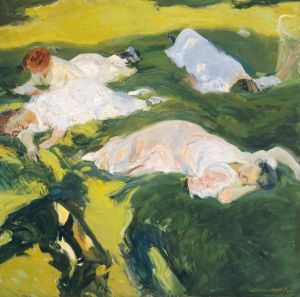
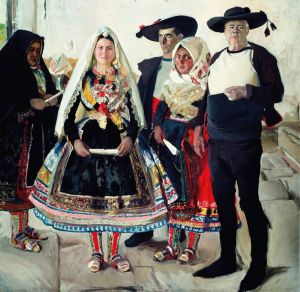
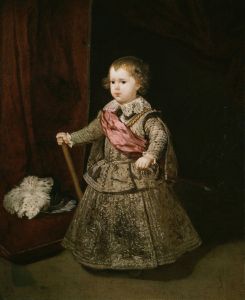
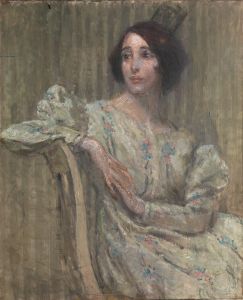
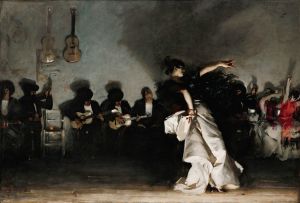
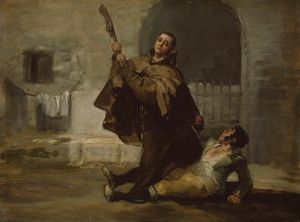
![A Woman and a Horse, Let Someone Else Master Them [The Horse-Abductor]](/imgs/264582/s/francisco-de-goya-a-woman-and-a-horse-let-someone-else-master-them-the-horseabductor-5fe8d731.jpg)
